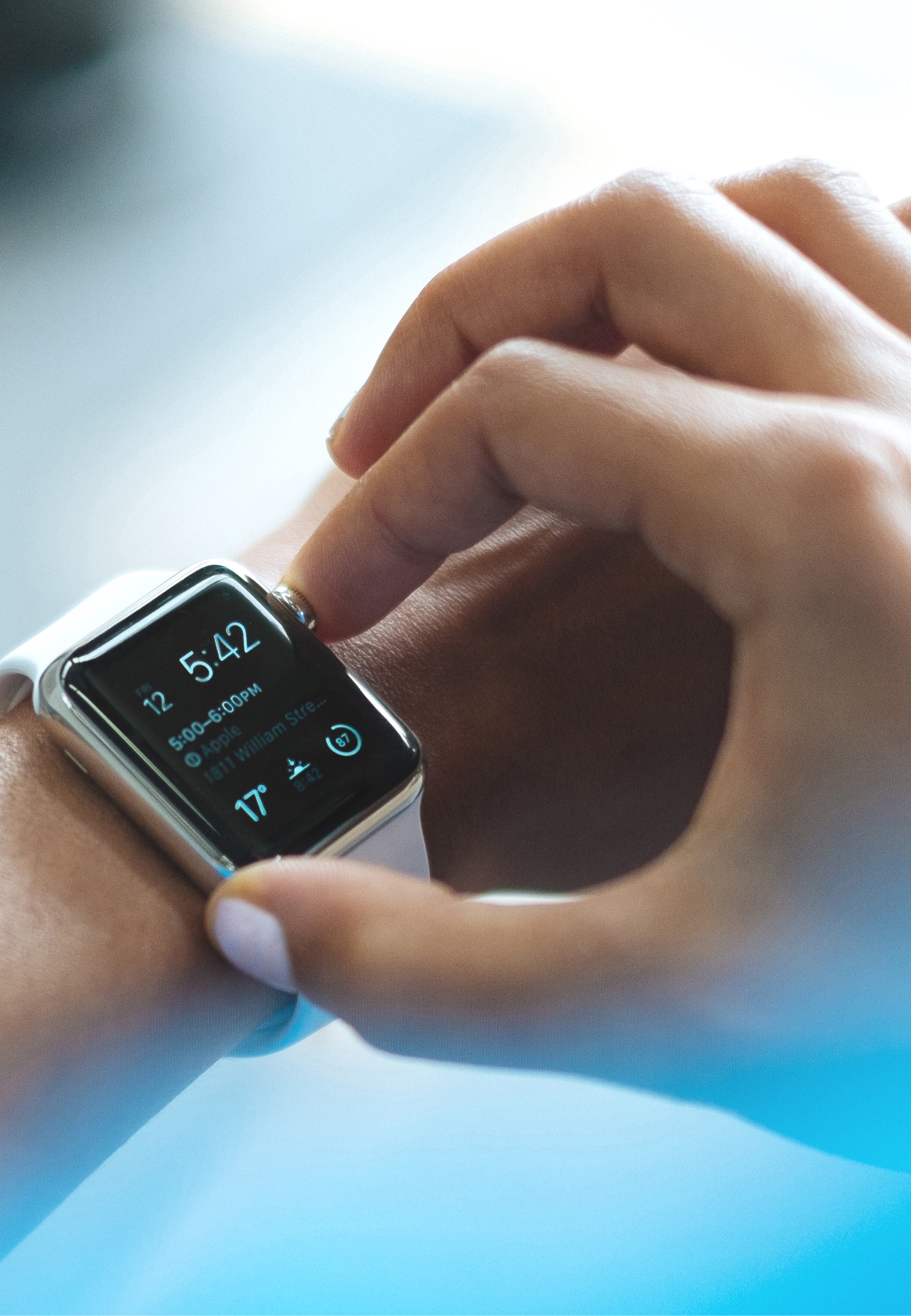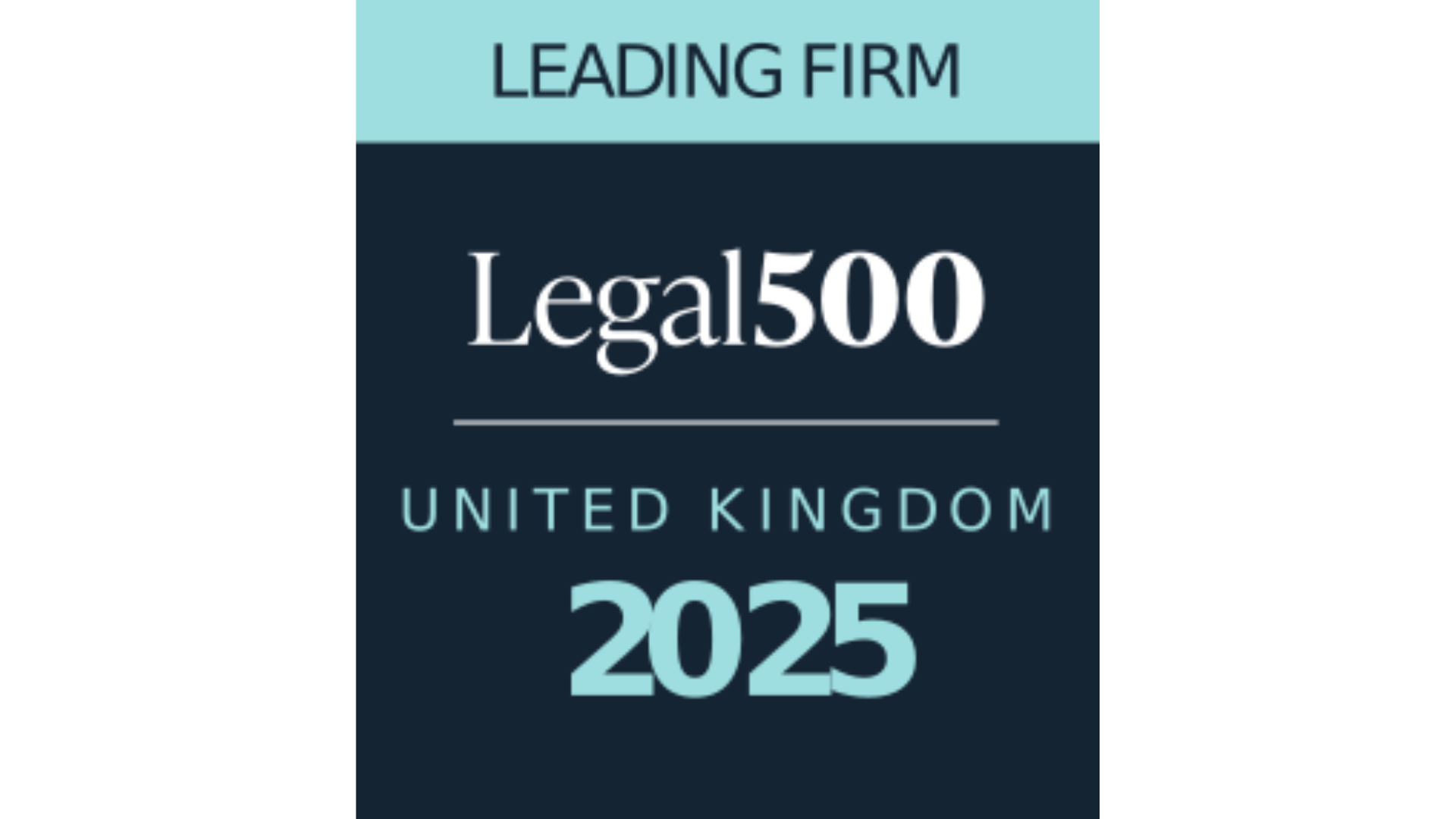News
The Innovative Devices Access Pathway (IDAP)
October 2023
The Innovative Devices Access Pathway has recently launched in the UK. This scheme is set to create opportunities for real-world data collection, enhancing the value proposition of products and giving businesses a competitive advantage by allowing innovators to rapidly penetrate the market and build a strong patient base.
Crucially, this initiative also recognises the importance of safeguarding these groundbreaking innovations through patents and other forms of intellectual property protection by rewarding those that have patents in place. In doing so, it seeks to strike a balance between nurturing innovation and improving market access, to ensure the long-term sustainability of businesses.
In an era where scientific advancements are occurring at an unprecedented rate, timely access to innovative medical technologies is of paramount importance. The United Kingdom’s healthcare landscape looks set to benefit from the establishment of the new Innovative Devices Access Pathway (IDAP) which the UK government published guidance on last week. The scheme is backed by £10m of government funding and provides faster access to cutting-edge medical device innovations for patients through targeted support for innovators in exchange for allowing the National Health Service (NHS) to have access to their technology.
Benefits for patients and businesses alike?
This initiative seeks to streamline the regulatory process, and reduce delays and bureaucracy, bringing medical technology solutions to patients more quickly. Patients, particularly those with life-threatening conditions, cannot afford delays in the availability of cutting-edge treatments. Recognising this pressing need, the UK government has embarked on a mission to streamline the regulatory pathway, ensuring that novel medical technologies reach the patients who need them faster than ever before. Patients can therefore potentially gain earlier access to life-saving treatments, while businesses can receive compensation for their contributions to the scheme and benefit from support and advice to develop their products.
Businesses in this sector can thus benefit from faster UK market entry, facilitated by sharing intellectual property with the NHS. This can translate into a competitive advantage, as they can rapidly penetrate the market and build a strong patient base. Additionally, the collaboration with the NHS creates opportunities for real-world data collection, enhancing the value proposition of their products. This streamlined process is poised to attract more investment into the sector, catalysing the development of innovative solutions that address unmet medical needs.
Inventors and manufacturers are provided with multi-partner support and specialist scientific advice to develop their technologies. Successful applicants to the IDAP scheme can work with partners to develop a targeted product road map, obtain advice on navigating the various regulatory systems involved, benefit from prioritised clinical investigations, obtain scientific advice from partner to the scheme including advice on product realisation and adoption through Health Technology Assessments (HTA) and meetings to discuss adoption of the technologies by the NHS, as well as obtaining exceptional use authorisation by the Medicines and Healthcare products Regulatory Agency (MHRA) provided the necessary safety standards are met.
This collaborative approach, currently in its pilot phase, represents a significant step towards fostering innovation and improving patient care as well as ensuring that intellectual property considerations are fully integrated into the process of allowing patients to access advanced medical devices in a timely way.
Who can apply?
The application phase is open to UK and international commercial and non-commercial developments with new health technology solutions. Submissions for the pilot phase opened on 19 September 2023 and will close 29 October 2023. The government website detailing the scheme is found here.
To be eligible, applicants must submit devices that do not have a CE mark, UK CA mark or regulatory approval. Products must address a significant unmet clinical need as defined in the programme and outlined below. Proof of concept evidenced by data to a near-final prototype must be demonstrated, and clinical input from at least one UK health organisation or medical charity must already have been sought.
The full pilot criteria for eligibility to join the scheme can be found here and include the following criteria:
Criterion one: The condition is life-threatening or seriously debilitating and there is a significant patient need.
Criterion two: The product is innovative and transformative.
Criterion three: The product will provide system wide benefit.
Criterion four: The technology clearly helps to address one of the following Life Sciences Vision’s Healthcare Missions:
- Improving translational capabilities in neurodegeneration and dementia.
- Enabling early diagnosis and treatments, including immune therapies such as cancer vaccines.
- Treatment and prevention of cardiovascular diseases and its major risk factors, including obesity.
- Reducing mortality and morbidity from respiratory disease in the UK and globally.
- Addressing the underlying biology of ageing.
- Increasing the understanding of mental health conditions, including work to redefine diseases and develop translational tools to address them.
What about the intellectual property?
It is indicative of the importance of careful consideration of IP in a medical technology business, and of securing IP rights to new medical technologies, that of the 25-Step Health Technology Pathway outlined by the Accelerated Access Collaborative organisation published by NHS England, IP strategy comes in right at the start, at Step 4 in the very first “Creation” phase of the pathway (see more here).
The IDAP allows businesses to have accelerated access to the UK market, partly in exchange for sharing the IP in their products and devices with the NHS. Companies should therefore carefully consider the benefits of sharing their IP for expedited access to the UK market alongside the potential risks of reduced exclusivity and competition by maintaining the monopoly on their IP. Innovations in this industry are often the result of years of research and development, entailing substantial investments in both time and capital. Protecting these innovations through patents and other forms of IP where available is crucial for the economic sustainability of medical technology companies. This new pathway acknowledges the importance of intellectual property while striking a balance between safeguarding innovation and expediting market access.
The scheme may potentially foster a more collaborative environment in the healthcare sector by knowledge sharing in this way, which could lead to an increase in joint ventures and cooperative research efforts which can be extremely fruitful and innovative. The IDAP should ensure that innovators are fairly compensated for their IP contributions, which is essential to encourage businesses to participate in the programme, continue their R&D efforts and protect their IP assets. Furthermore, by taking advantage of this more streamlined pathway to markets, businesses may enter the UK market more quickly, potentially increasing competition amongst medical technology companies. Patents could play a critical role for businesses in this environment, by allowing them to maintain their market share and exclusivity of their differentiating products in a more dynamic and fast-paced environment.
Ultimately, the establishment of the new IDAP, providing faster access to innovative medical technologies in the UK, is a landmark development with potentially significant implications for patients and businesses. By recognising the importance of intellectual property rights and promoting collaboration between innovators and healthcare providers, the UK is poised to improve their global standings in medical technology adoption. The IDAP looks to be a win-win situation for businesses and patients, ushering in a new era of innovation and accessibility in the healthcare sector.
To discuss how you can obtain the right intellectual property protection for your business, contact us at [email protected].
This article was prepared by Patent Directors Dr Janine Swarbrick and Dr Sofie McPherson






























